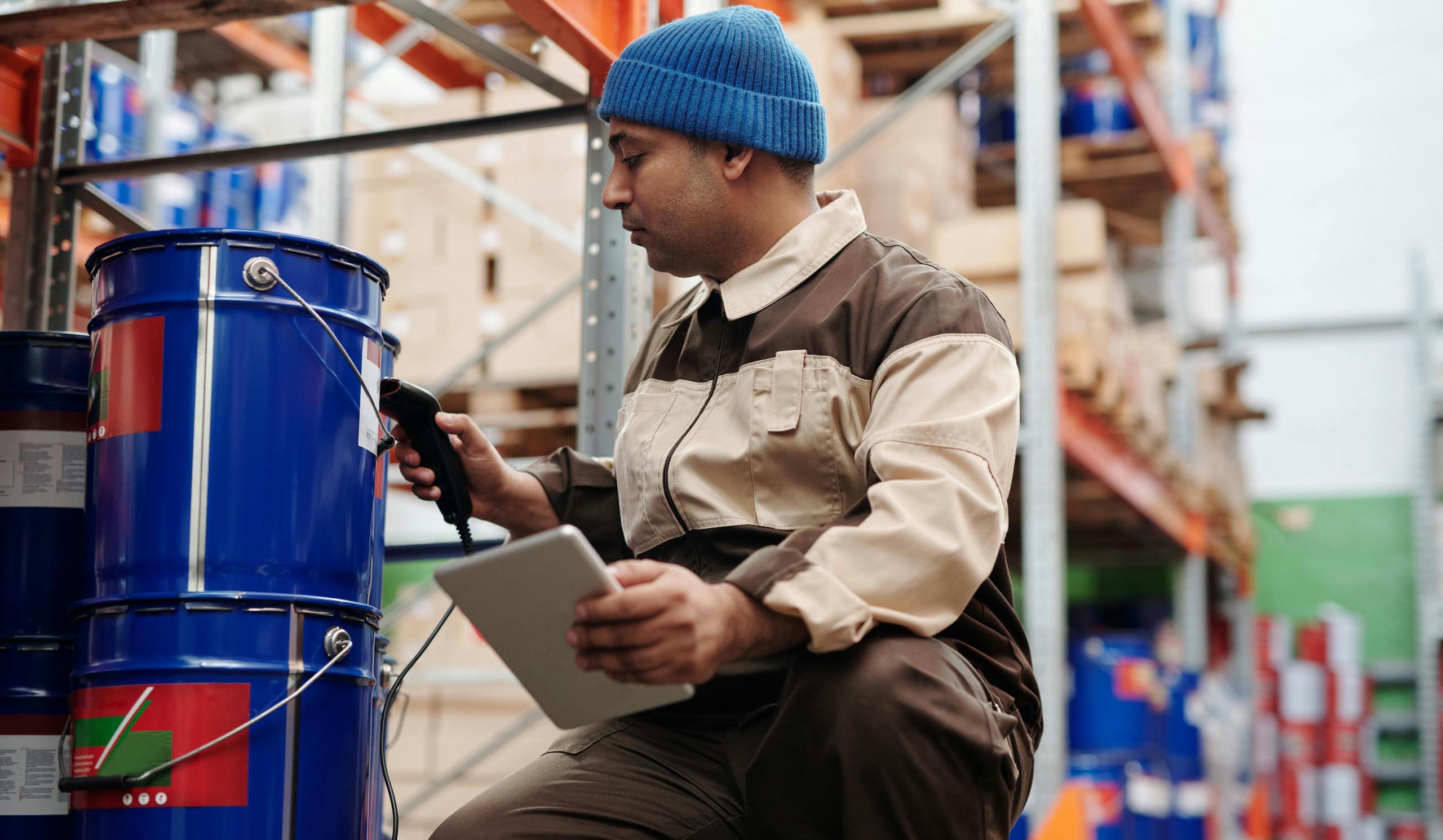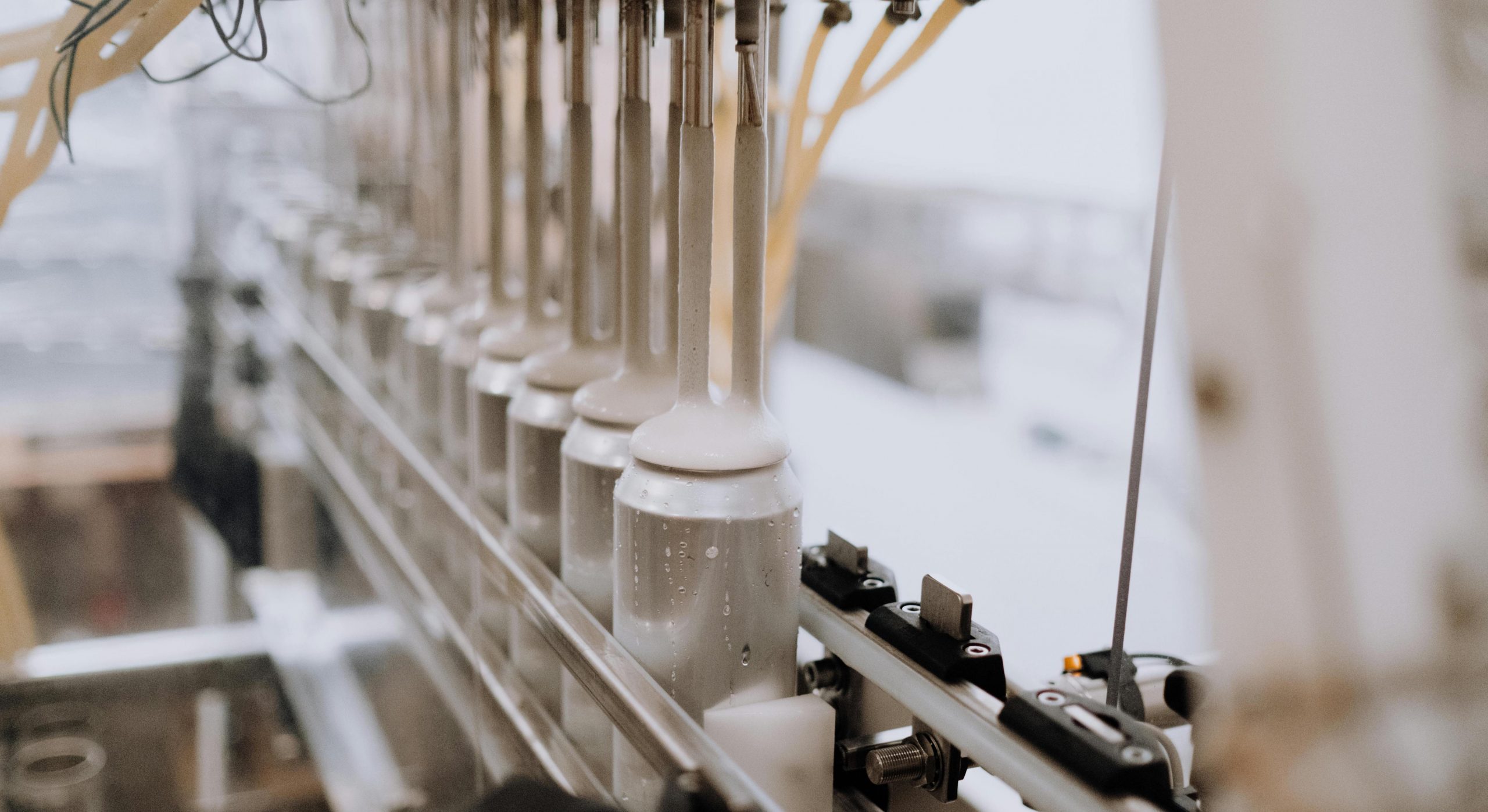Automation in warehousing and logistics not only streamlines operations but also enhances efficiency, reduces errors, and lowers operational costs. This guide will explore the innovative ways in which automation systems, artificial intelligence, and advanced softwares are revolutionising the storage, handling, and movement of goods. From automated guided vehicles (AGVs) navigating warehouse floors to sophisticated management software used for inventory needs, these technologies are offering benefits to both the workforce and consumers.
What is warehouse automation?
Warehouse automation refers to the use of technology to perform warehousing tasks that traditionally require manual labour, with the aim of increasing efficiency, accuracy, and speed while reducing costs. This technology contains a wide range of systems and equipment, including robotics, conveyor belts, automated storage and retrieval systems (AS/RS), sortation systems, and software solutions such as warehouse management systems (WMS) and inventory management systems.
Automated systems can handle repetitive tasks such as picking, packing, storing, and sorting products, allowing human workers to focus on more complex or strategic activities. This shift not only improves operational efficiency but also can significantly boost production rates and reduce the physical strain on workers.

How does warehouse automation work?
Warehouse automation works by using software and technologies like robotics and sensors to automate tasks, replacing human efforts. These products work in conjunction with existing tools and help ensure that businesses are meeting modern customer demand.
The automation process starts with a warehouse management system that automates manual processes and data collection, inventory control and data analysis. These systems integrate with other solutions to efficiently manage and automate tasks across different departments and supply chain functions.
The different types of warehouse automation
- Basic automation: refers to simple technology that assists people with tasks that would otherwise require more manual labour. For example, a conveyor or carousel transporting goods from A to B or product design processes.
- Warehouse System Automation: this type of system uses software, machine learning, robotics and data analytics to automate tasks and procedures. For example, a warehouse management system will oversee all the orders that have been received and have users pick items to fulfil.
- Mechanised automation: uses robotic equipment and systems to assist humans with warehouse tasks and procedures.
- Advanced: Advanced warehouse automation combines mechanised warehouse robotics and automation systems that can replace labour-intensive human workflows.

How automation is used within warehousing and logistics
In the UK, automation is increasingly being adopted in the warehousing and logistics sector as businesses strive to improve customer experience and meet modern demands. It’s also important to consider that the adoption of these technologies has been accelerated by the challenges of Brexit and the COVID-19 pandemic, which highlighted the importance of flexible, resilient supply chains.
Automated storage and retrieval systems (AS/RS)
These systems are widely used in UK warehouses to efficiently store and retrieve goods using minimal space. AS/RS systems are particularly beneficial in high-volume environments, helping companies like online retailers speed up their order fulfilment processes.
Robotics
Robots are employed for a variety of tasks within warehouses, including picking, packing, and sorting. Companies in the retail and delivery sector are utilising sophisticated robots in their fulfilment centres to process orders at a significantly faster rate leading to greater customer service and special services such as same-day or next-day delivery.
Conveyor belts and sortation systems:
These are essential for moving products through a facility quickly and accurately. Automated conveyor systems are often integrated with scanners and sensors to sort items based on size, destination, or priority, facilitating a smoother flow of goods. These systems often result in less downtime and interruptions due to human error, making them ideal for industries such as injection moulding or engineering.
Warehouse management systems
Advanced software systems are crucial for managing warehouse operations. In the UK, WMS are increasingly cloud-based, offering real-time data on inventory levels, order status, and worker productivity, which helps in making informed decisions and improving operational efficiency.
Drones and automated guided vehicles
Some companies are experimenting with drones for inventory checks and AGVs for transporting goods within a warehouse. These technologies reduce the need for human intervention and speed up internal logistics. These systems might also be used outside the premises or for outdoor exercises.

Internet of Things (IoT)
IoT devices are used to monitor the conditions within warehouses, track the location of goods in real-time, and even predict maintenance needs for equipment. This connectivity helps in maintaining product quality, especially in temperature-sensitive environments like food storage. By having these systems in place, businesses can avoid future issues and keep their machines and technology working efficiently.
Predictive analytics
Leveraging data collected from various automation tools, warehouses can use predictive analytics to forecast demand, optimise stock levels, and plan resource allocation. This proactive approach reduces waste and ensures products are available when needed. This means businesses can avoid overspending and also help them to meet sustainable targets.
